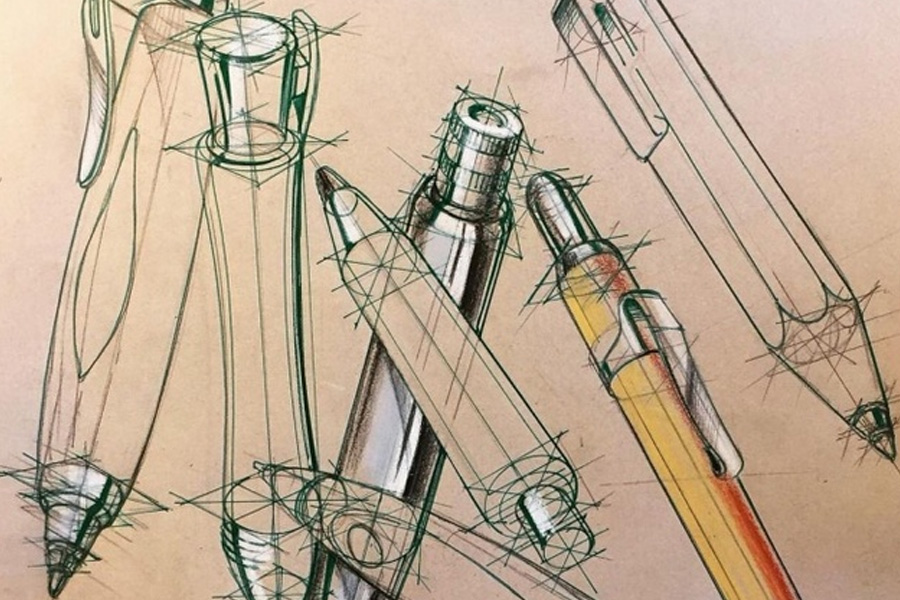Below the surface of the cast slab, there are large bubbles growing toward the columnar crystals with a diameter and a length of 1 mm and 10 mm or more. These bubbles are called surface bubbles that are exposed to the outside, subcutaneous bubbles that are not exposed, and small holes that are smaller and denser than bubbles are called hypodermic pinholes. In the heating furnace, the surface bubbles of the cast slab or the inner surface of the subcutaneous bubbles are oxidized to form a decarburized layer, which cannot be welded after rolling to form surface defects. Shallow buried bubbles can be removed by grinding wheels, wind shovel and flame cleaning. Deep-buried bubbles are difficult to find, which can cause cracks in the product. Insufficient deoxidation of molten steel is the main reason for the generation of bubbles. If enhanced deoxidation is used to reduce the oxygen content in the steel, the aluminum content in the molten steel will reach 0.01% to 0.015%, thereby eliminating the bubbles. In addition, the gas content (especially hydrogen) in molten steel is also an important cause of bubbles. Therefore, all materials added to the molten steel (such as ferroalloys, slag powder, etc.) should be dried, the ladle and tundish should be baked, the amount of lubricating oil should be appropriate, and the flow protection should be poured, which has an obvious effect on reducing bubbles.
Link to this article:Subcutaneous bubbles of continuous casting billet
Reprint Statement: If there are no special instructions, all articles on this site are original. Please indicate the source for reprinting:Alloy Wiki,thanks!^^

